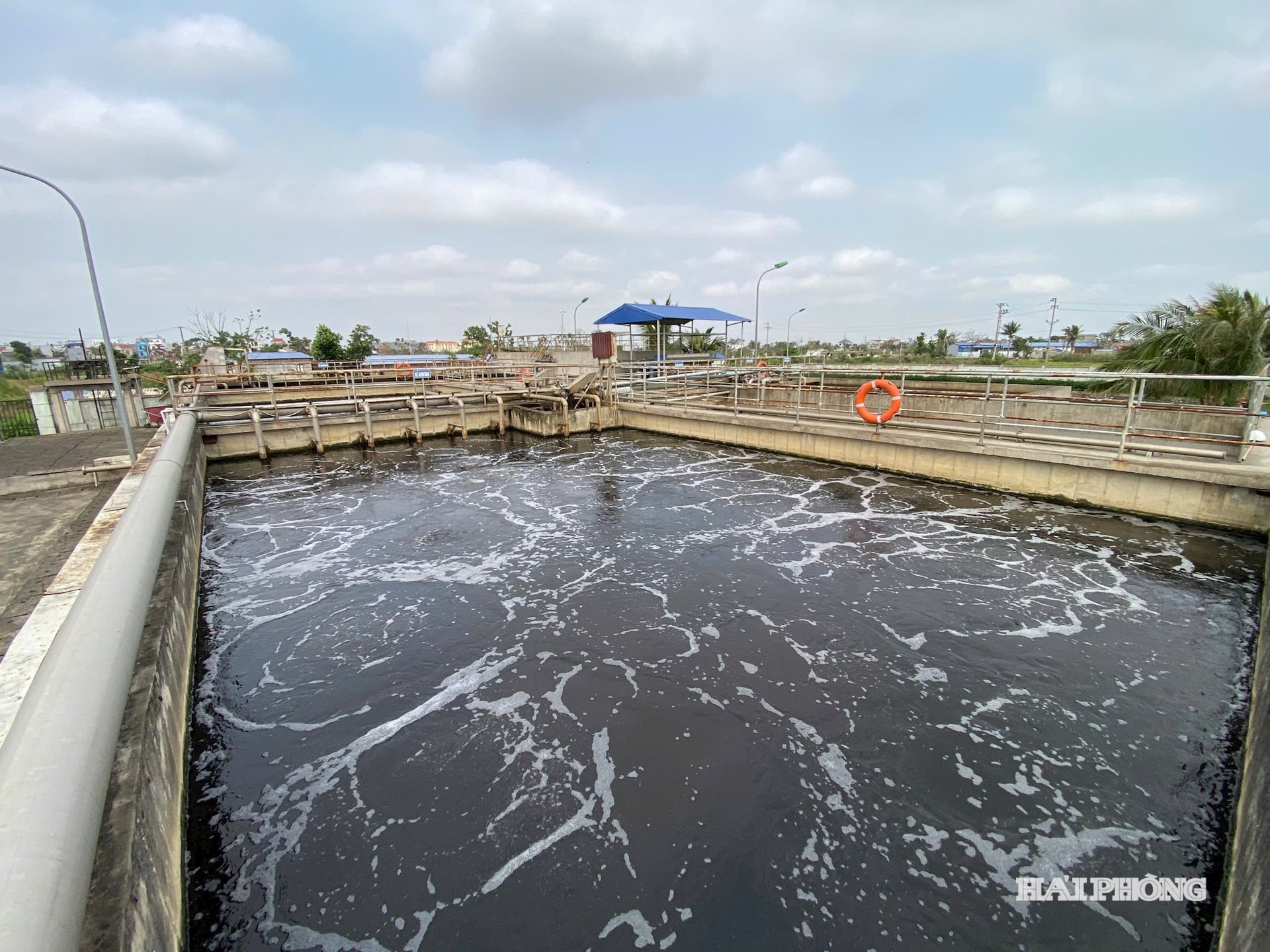
To achieve the above goals, it requires investment in upgrading drainage infrastructure and building additional large-scale centralized treatment plants.
Lack of wastewater treatment plants
Hong Bang Ward is a core urban area, densely populated, with rapid infrastructure development with many housing projects, urban areas, and large-scale commercial centers being invested in and built. However, currently only a few areas in the area have wastewater brought to Vinh Niem Wastewater Treatment Plant for treatment to meet technical standards, the rest mainly drain into the common sewer system that receives both rainwater and wastewater, then discharges directly into canals, ditches, lakes, and rivers.
Chairman of Hong Bang Ward People's Committee Pham Van Doan said that Hong Bang Ward urban area was formed more than 100 years ago. The drainage system was built together with the urban formation process and the ward currently has no separate wastewater and surface water drainage system. All are combined into the city's general drainage system, so the treatment of domestic wastewater as well as the surface water system is difficult and urgent to ensure environmental sanitation and prevent urban flooding.
As a rapidly urbanizing area with a population of more than 102,600 people, Hai An ward has not yet had a wastewater treatment area. Domestic wastewater from residential areas has not been collected and is being discharged together with surface water, directly into canals and lakes, causing serious pollution.
This is also the general situation of wastewater treatment in some other wards in the city today such as: Kinh Mon, Do Son, Hung Dao...
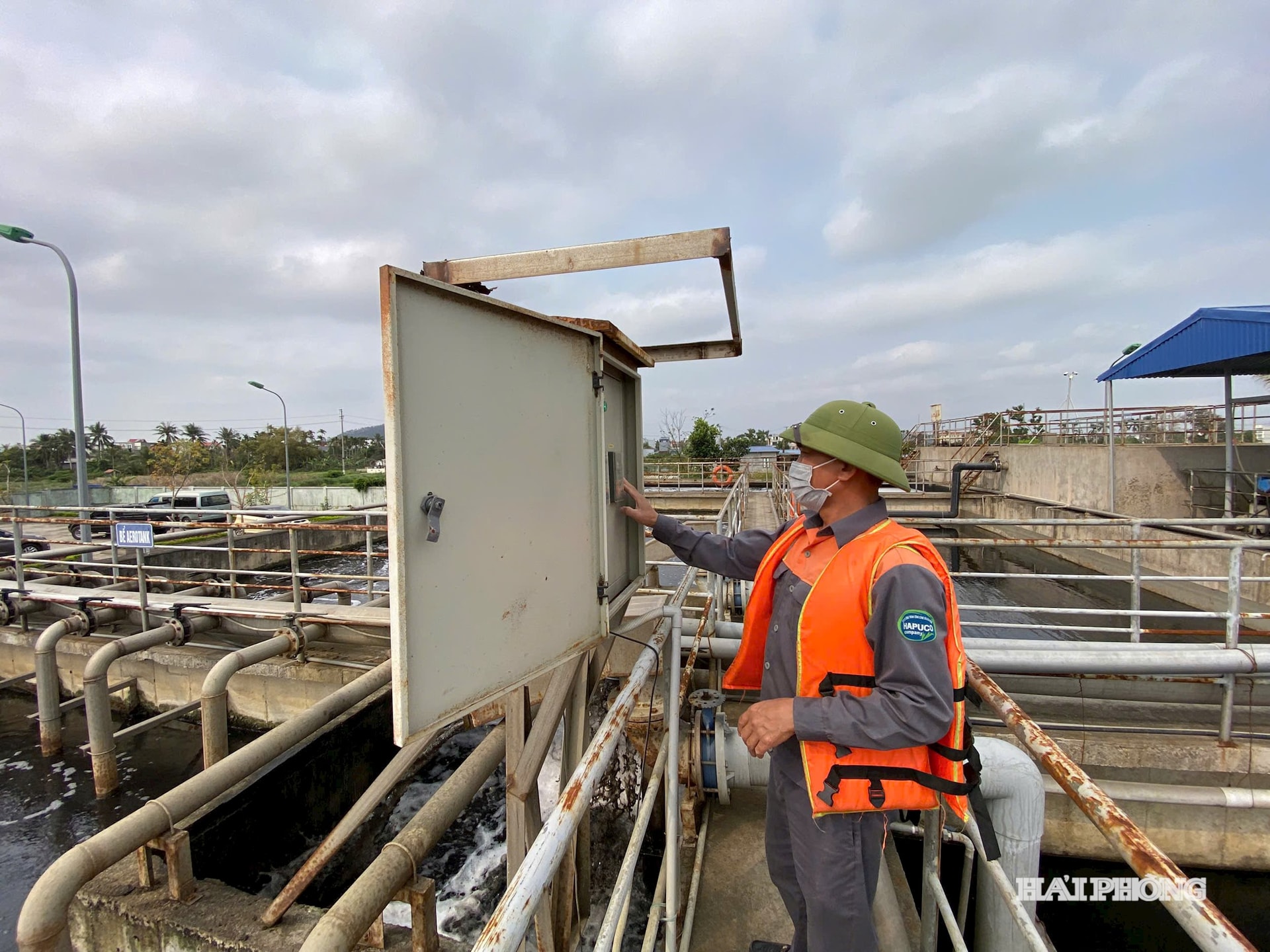
In fact, the factories and centralized wastewater treatment areas that have been invested in, built and are operating to serve the treatment of the city's existing urban wastewater only meet part of the demand. In particular, the eastern urban area has 24 wastewater pumping stations and 4 factories and centralized wastewater treatment areas. The western area has 10 wastewater pumping stations and 6 centralized wastewater treatment stations. According to the Department of Construction, the total amount of urban wastewater that needs to be treated is more than 271 thousand m3 /day and night, but currently the rate of urban wastewater collected and treated to meet technical standards in the city is only 32.2%.
In addition to the lack of centralized wastewater treatment areas, the current urban wastewater treatment in Hai Phong does not have a separate sewer collection system. In many new urban areas, medical facilities and production facilities have installed systems and treated wastewater according to regulations, but when discharged into the city's general sewer system, it mixes with rainwater and untreated wastewater...
Urgent investment in the 2026 - 2030 period
The demand for urban wastewater treatment in Hai Phong is currently very large. It is expected that by 2030, the total amount of wastewater generated in the city will be about 433 thousand m3 /day and night, 1.6 times higher than at present. After the merger, with the room for expansion, many potentials and strengths being promoted, Hai Phong will certainly be an attractive destination for investors to develop urban and infrastructure projects, with a rapidly increasing immigrant population. Therefore, the problem of urban wastewater treatment is becoming more urgent.
At the recent thematic supervision program of the City People's Council on the implementation of legal regulations in state management of urban drainage and wastewater treatment, localities were very interested and proposed that the city allocate medium-term public investment resources for 2026 - 2030 to upgrade the urban drainage and wastewater treatment system. This is an urgent and long-term task, directly related to people's lives and urban development in Hai Phong.
In the development orientation for the period 2025 - 2030, the Resolution of the 1st Hai Phong City Party Congress identified investment in drainage and wastewater treatment systems as one of the key tasks in urban infrastructure development. The city aims to have 40% or more of urban wastewater treated according to technical standards by 2030. The total wastewater treatment capacity is more than 173 thousand m3 /day and night. Of which, the east of the city is 97.5 thousand m3 /day and night, the west of the city is more than 75 thousand m3 /day and night.
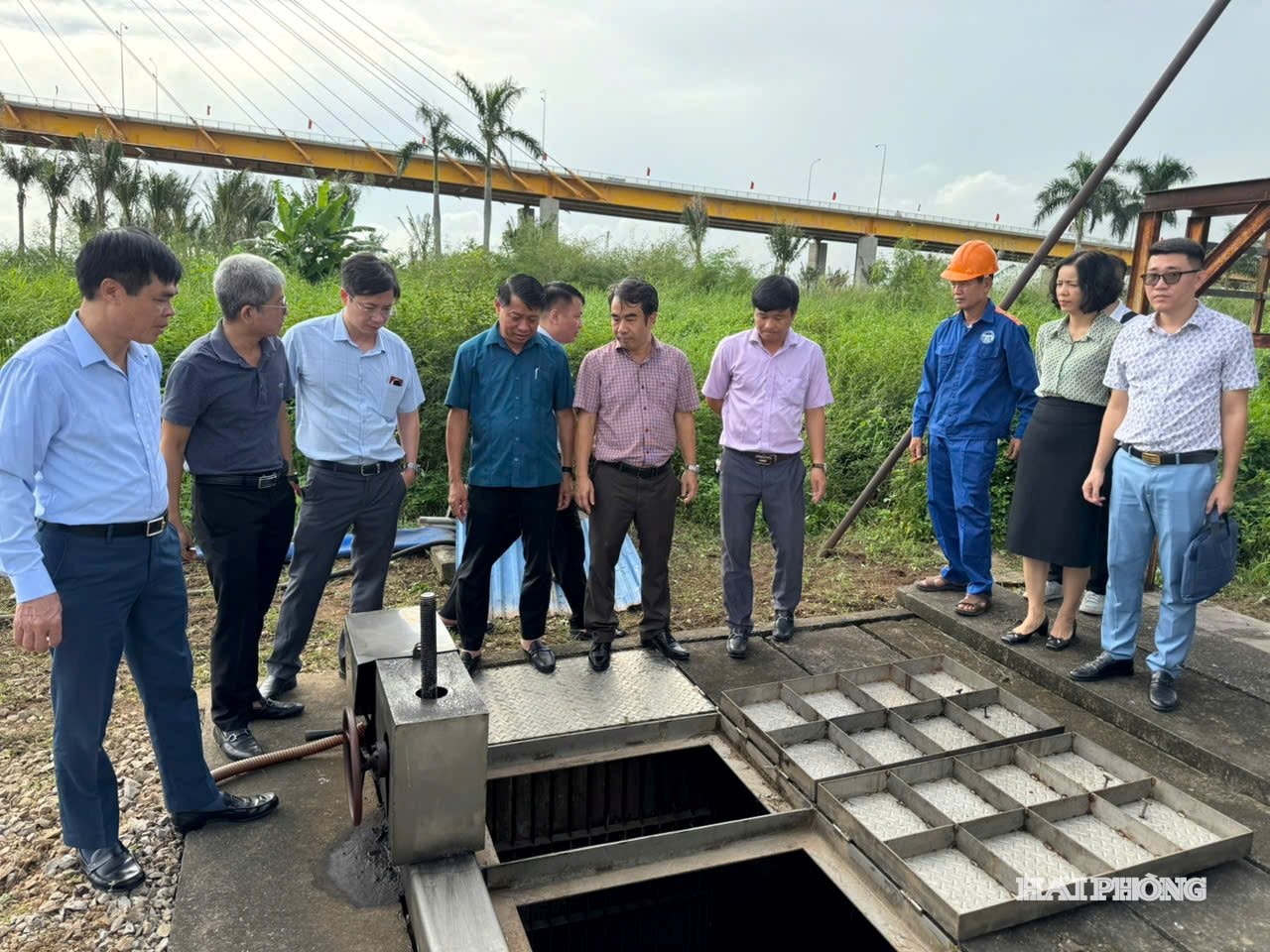
According to Deputy Director of the Department of Construction Nguyen Minh Tuan, to achieve the above goal, the city needs to re-plan the overall drainage and wastewater treatment infrastructure in accordance with the new Hai Phong City Master Plan that is being implemented. On that basis, review the proposed investment projects of Hai Phong City and the old Hai Duong Province to unify the construction of investment plans for the entire new city.
In particular, it is possible to consider increasing the capacity of existing treatment plants, building additional large-scale centralized wastewater stations, and especially needing to invest in additional wastewater collection lines separate from surface drainage... From there, clearly identify investment needs and capital allocation capabilities for early implementation to meet the city's development needs in the new period.
In fact, to invest in a synchronous and modern urban drainage and wastewater treatment infrastructure system that meets the city's long-term development needs, a huge amount of resources is needed. If we only rely on public investment, it will be difficult to implement it soon. Therefore, the city considers continuing to research, seek and utilize resources from international cooperation programs and foreign aid projects in the field of drainage and wastewater treatment. Thereby, reducing the pressure on the investment budget; at the same time, speeding up the progress of projects to be implemented soon.
MAGLANCANNASource: https://baohaiphong.vn/cap-thiet-bo-sung-cac-nha-may-xu-ly-nuoc-thai-o-hai-phong-523553.html



![[Photo] Nhan Dan Newspaper launches “Fatherland in the Heart: The Concert Film”](https://vphoto.vietnam.vn/thumb/1200x675/vietnam/resource/IMAGE/2025/10/16/1760622132545_thiet-ke-chua-co-ten-36-png.webp)




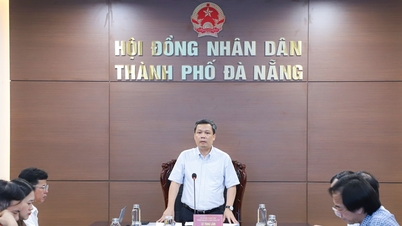

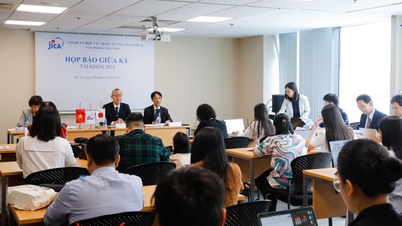




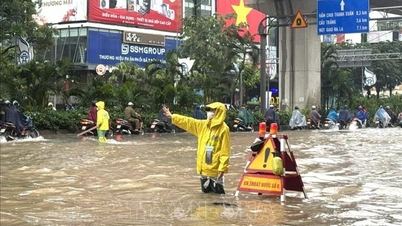


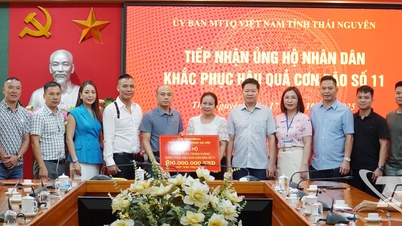

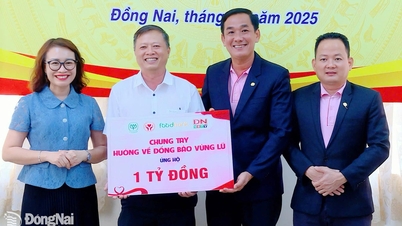

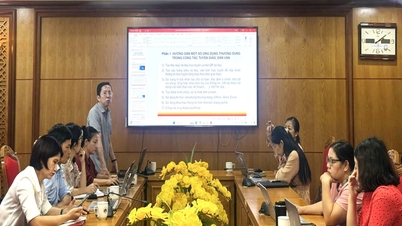

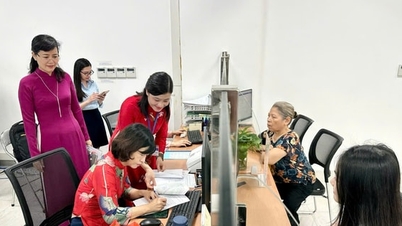

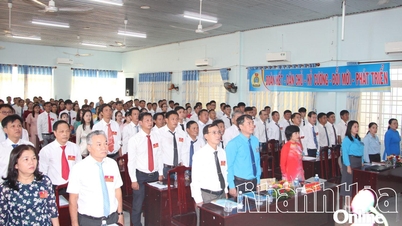

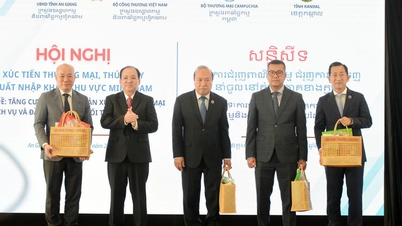






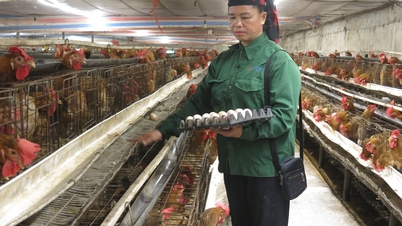
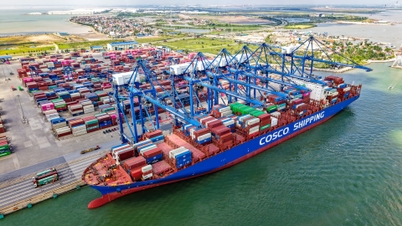
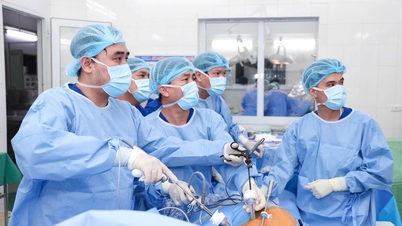

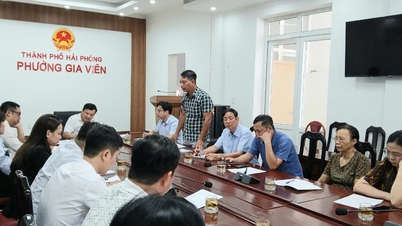
![[Photo] Closing ceremony of the 18th Congress of Hanoi Party Committee](https://vphoto.vietnam.vn/thumb/1200x675/vietnam/resource/IMAGE/2025/10/17/1760704850107_ndo_br_1-jpg.webp)







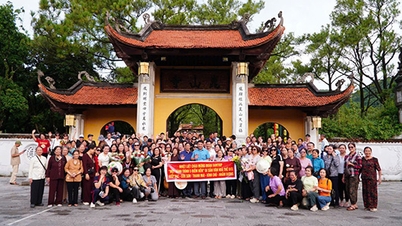


















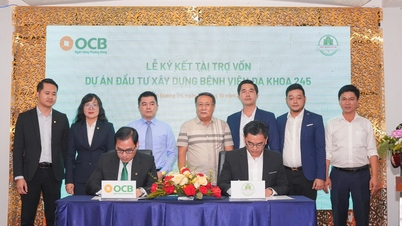













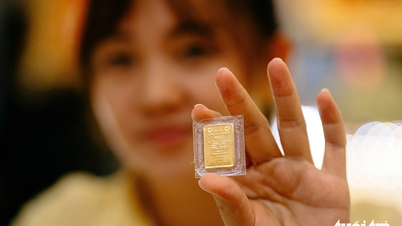



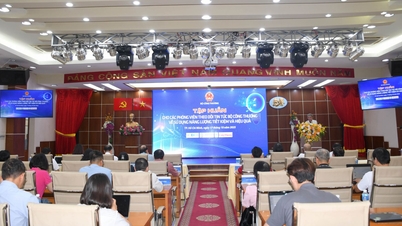

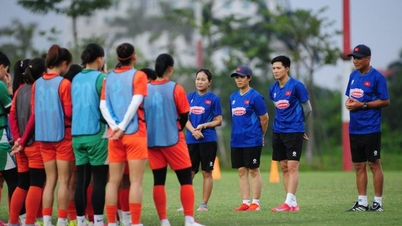


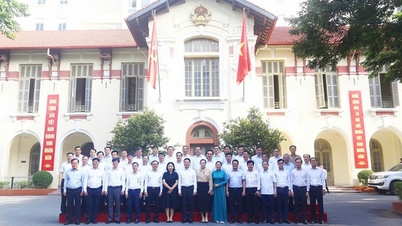



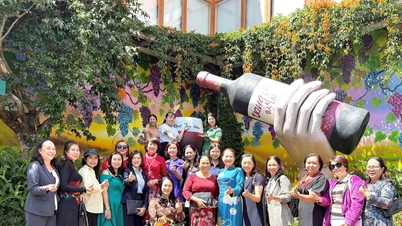




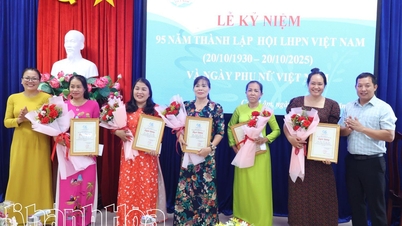









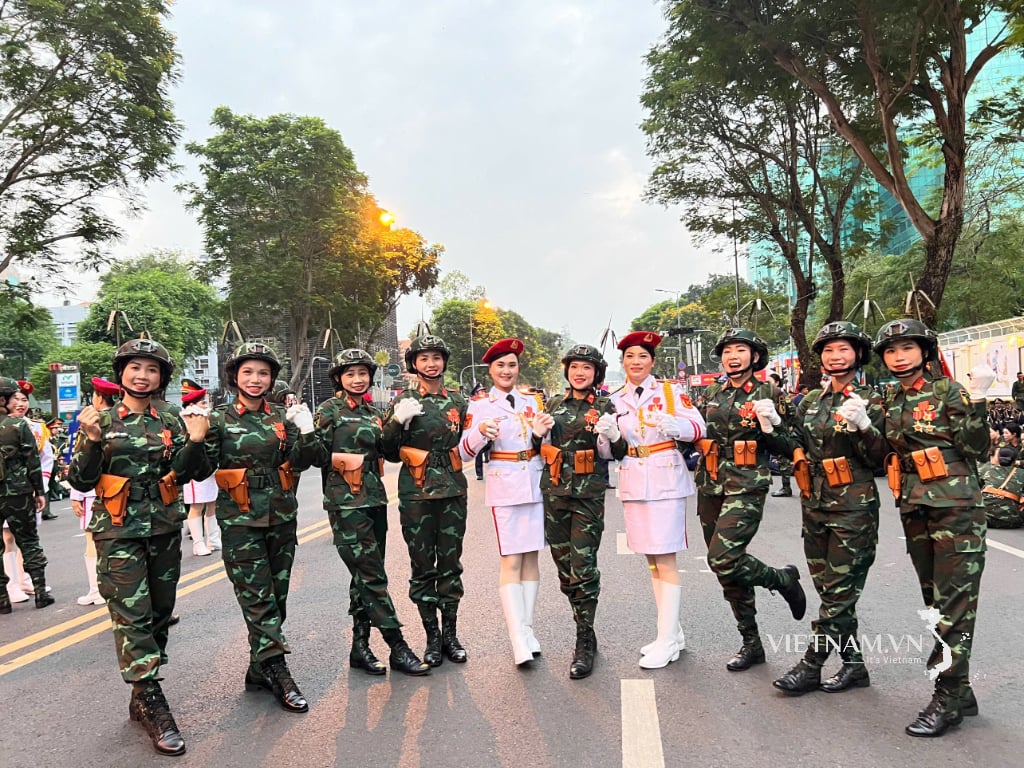

Comment (0)